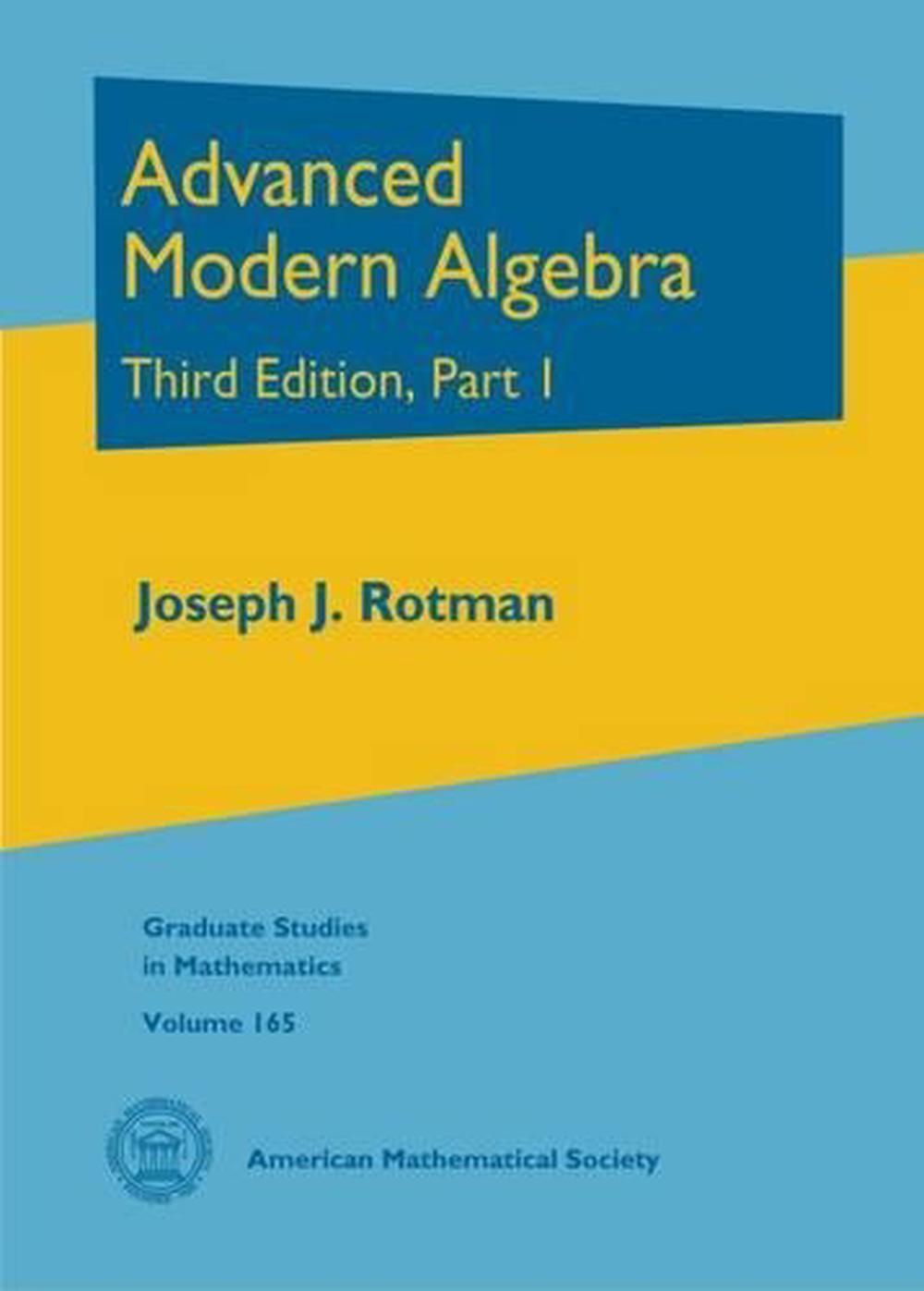
This was combined with the elegance and understanding with which Artin had lectured. It formulated clearly and succinctly the conceptual and structural insights which Noether had expressed so forcefully. This beautiful and eloquent text served to transform the graduate teaching of algebra, not only in Germany, but elsewhere in Europe and the United States. Then van der Waerden proceeded alone to write and publish (with Springer ) his two-volume 1931 text Modern Algebra, with the caption "using lectures by E Artin and E Noether". For a brief period there developed a plan that Artin and van der Waerden would collaborate to prepare an algebra text, but Artin did not get around to writing up his planned chapters. He then visited the University of Hamburg, where Professor Emil Artin (in 1921) was giving his impassionately insightful lectures on modern algebra.


So he went to Göttingen to listen to her inspired but sometimes confusing lectures on ideal theory and presently gave a very clear course of lectures on ideal theory. He heard that Emmy Noether at the University of Göttingen used newer ideas about ideals to provide precise definitions of such multiplicities. 44 (3) (1997), 321- 322.ī L van der Waerden's early studies in the Netherlands of algebraic geometry led him to think about useful definitions of intersection multiplicity for curves and surfaces. While, for this reason, general concepts and methods stand in the foreground, particular results which properly belong to classical algebra must also be given appropriate consideration within the framework of the modern development.ġ. The principal objective of this book is to introduce the reader into this entire world of concepts.

The "abstract," "formal," or "axiomatic" direction, to which the fresh impetus in algebra is due, has led to a number f new formulations of ideas, insight into new interrelations, and far-reaching results, especially in group theory, field theory, valuation theory, ideal theory, and the theory of hypercomplex numbers. Purpose of the Book: B L Van der Waerden.


 0 kommentar(er)
0 kommentar(er)
